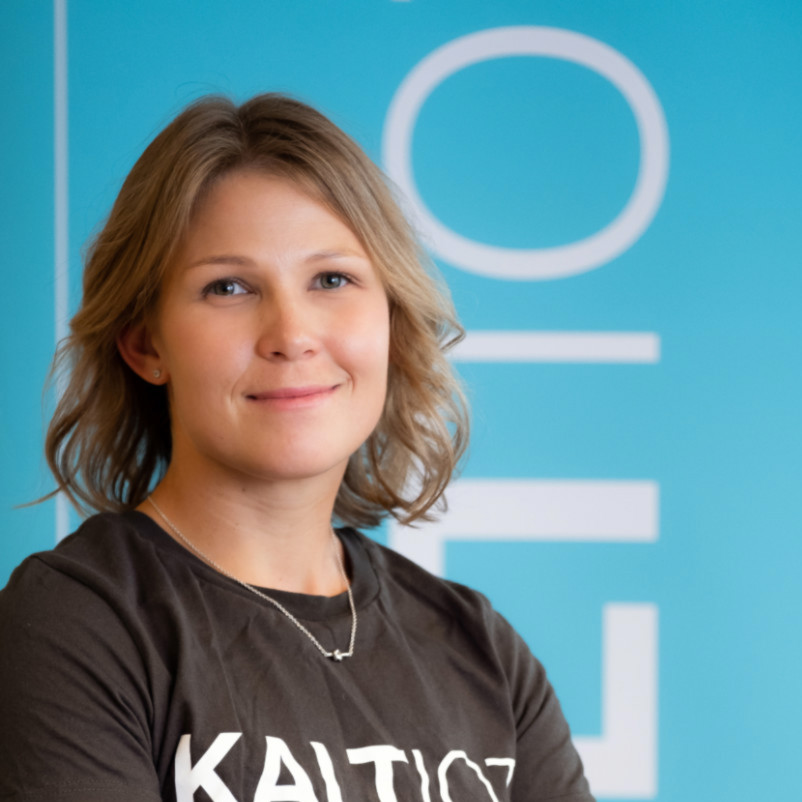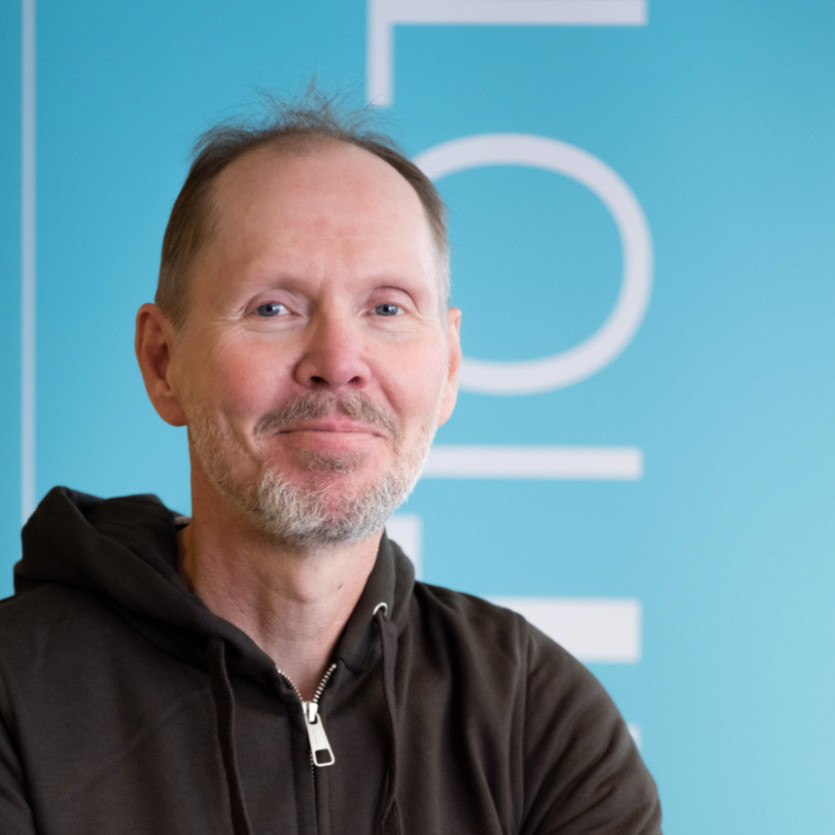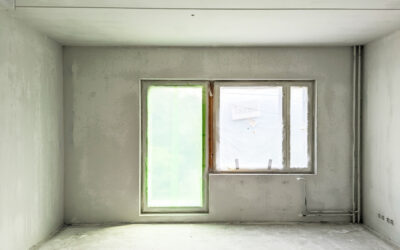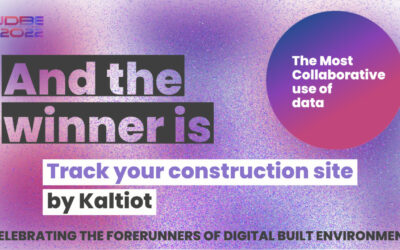Properly selected tools for managing and monitoring site conditions are key to efficiency and productivity. Temperature, relative humidity, particulate matter, air pressure, and TVOC can be tracked either automatically, using IoT sensors, or by manual measurement. Make your choice easier and read about the differences between continuous monitoring of air temperature and humidity vs manual measurement!
What is the difference between continuous condition monitoring and manual metering?
Continuous ambient air monitoring refers to the automatic, wireless and real-time remote monitoring of spaces such as buildings using IoT technology. In continuous air monitoring, sensors automatically send data, for example every 5 minutes, to a central database. Automatically stored historical data allows the user to check both real-time and past events at any time.
Data can also be collected using a range of manual tools. The term ‘ spot measurement’ could also be used, as the measurement result is obtained from a single spot at a time. In manual measurement, or spot measurement, the worker physically visits the site from which temperature, humidity, CO2 or other data is to be obtained. The data is recorded, compiled and interpreted manually according to the expert’s personal judgement. Even today, on construction sites, this often means recording values using traditional pen and paper methods.
There are also air sensors that measure continuously and record historical data, but require an expert to visit the site to read the data.
| Feature | Continuous monitoring of conditions | Point measurement/hand-held meters |
|---|---|---|
| Data storage | Automatically saves a permanent record for future review. | Data storage may be limited. A recording function is available for some meters, but not all. |
| Comparability of data | A network of several measuring devices allows for comparable data. | Measurements should always be taken at exactly the same point in the room to ensure that the data are comparable. |
| Data processing | The system processes and visualises the data in an exportable format. | An expert is needed to compile and interpret the data. |
| Duration of monitoring | The devices can gather data independently for up to several years (battery life about 2-5 years). In this way it is possible to check what the temperature is at night, when no one is on the job site. | Data is collected from individual measurements of a few seconds each. The meter is switched off after use. |
| Installation | Requires some skills; reception can be challenging, especially in concrete buildings. | No need to install separately. |
| How to perform a measurement | Once the sensors are installed, the data collection operates independently and collects data remotely and automatically. Sensor functionality, such as battery charge level and data transfer, can be checked remotely. | Requires an expert to perform a manual measurement on site. Measurements should always be taken at the same relative location within the space, so that the data from the room/space are comparable. |
| Scope of monitoring | Data available in near real time from numerous measurement points over large areas. | Data can be collected from individual sites and at more granular levels (e.g. different heights in a room). |
| Sharing data between parties | Can be shared digitally with contractors, moisture management coordinator and other parties. | Handwritten measurements are difficult or impossible to share in their original form. |
When should each option be used?
To achieve the most accurate measurement results, projects often benefit from a combination of continuous condition monitoring solutions and spot measurement. For example, if a room has one sensor at a height of 2 metres, a handheld meter can be used to check the difference in humidity between the floor and ceiling level. The difference in relative humidity can be in the double-digits in certain phases of work and certain conditions.
Spot measurement can also be used to collect information on structural surface temperature. When taking spot measurements around the site, you may find surprisingly cold spots and large temperature variations in the building. These can be detected by an infrared thermometer, also called a temperature gun or laser thermometer.
Spot measurement can also be used to check temperature, humidity, particulate matter, and TVOC in spaces where automatic sensors are not yet installed or will not be installed at all.

Continuous IoT condition monitoring, on the other hand, is best suited for applications where:
- The building is several hundred square meters or larger, such as shopping centres and apartment buildings
- Information about the conditions is needed by a person who cannot get there in person
- Data is wanted for conditions overnight or over the weekend, when no one is on site to take measurements
- A comparison of the internal conditions of a building, for example the air pressure between apartments, is wanted
- Comprehensive documentation on the management of conditions is needed
- Humidity, temperature or particulate matter is being actively managed, and both real-time and historical data is needed to support decision making
Continuous monitoring can serve well even in small sites when data is needed remotely. For example, it can help when the contractor needs to know whether the walls are dry after levelling and whether painting can start. If continuous condition monitoring is in place and data is shared, the contractor can view the situation in advance, rather than having to go to the site to take a manual measurement. However, the culture of construction in Finland is such that spot measurement alone is often used, even when continuous monitoring of conditions should be used.
Comparison of technical characteristics
The table below compares one continuous monitoring product and one spot measurement product as examples. Features and prices vary between manufacturers and dealers, but this information gives an overview of the overall situation.
| Technical specifications | Continuous Sensing / Kaltiot RuuviTag | Point measurement / PROF hygrometer |
|---|---|---|
| Accuracy | ±2 % RH | ±3 % RH |
| Temperature | ±0.2 °C @ 5-60 °C | n/a |
| Ambient relative humidity | 20-80 % RH @ 25 °C | 0 – 85 % RH |
| Measurement area | -20°C – +70°C | 0-40°C |
| Air pressure | ±1 hPa, relative accuracy ±0.06 hPa. | n/a |
| Battery | 1000mAh battery (CR2477) | 3 × 220 mAh battery (CR 2032) |
| Dimensions | Diameter 52 mm Height 12,5 mm | Height 139 mm Width 47 mm Depth 25 mm |
| Price | 16 €/sensor/month + initial fee | 39,95 €/each, one-time payment |
Choose the solution that suits your goals
Before making a decision, it is a good idea to consider questions such as: what size of property is involved? In how many properties are conditions to be monitored? How often do measurements need to be taken? How many parties are working on the site and benefit from the conditions data?
For larger projects, a combination of continuous monitoring and spot measurement is probably the best solution. In the case of a single detached house, manual metering could be all that is needed and is perhaps the easiest option.
To get the most out of your equipment, you need to match it to the needs and objectives of each site. More accurate assessments of site conditions will improve time management and, at best, speed up project completion. The end result is high-quality, safe and healthy facilities for the end user.
Choose condition monitoring from Kaltiot!
For sites of all sizes, Kaltiot offers the Smart Tracker system, one important part of which is condition monitoring. You can start monitoring temperatures, humidity, fine particles and other variables in just a couple of weeks. Read all the things you can monitor on a construction site or contact us!






